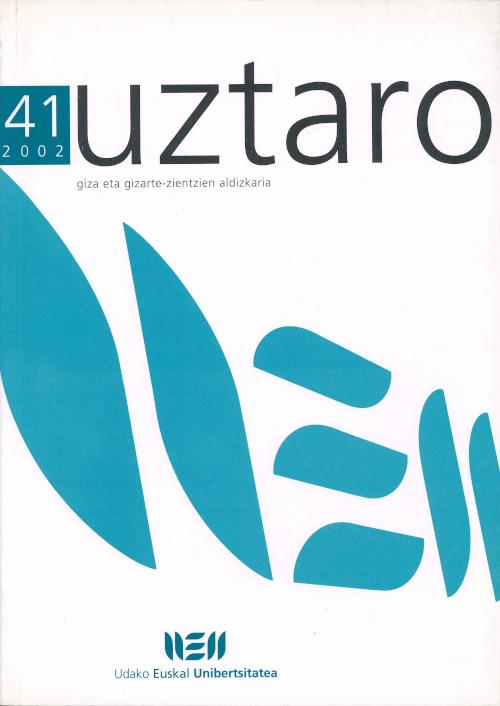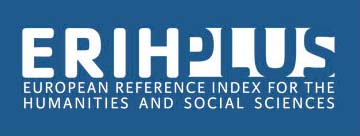Hizkuntzaren erabilera lankidetza eta lehiaketa-harremanetan
Abstract
The objective of this study is to examine the role of the communication context in the structure of a message. 125 subjects were told that they would engage in an exercise involving cooperation or competition with a partner. They were given information about their partner (showing a positive or negative behavior) and they were asked to write down why they thought the behavior could have happened. In one condition they were told that the partner would read the message and in the other condition that he would not. Results show that in the cooperation condition, the partner’s positive behavior is more abstractly described than his negative behavior, which transmits a positive image about the partner. In the competition condition the reversed pattern was obtained, so that a negative image about the partner was transmitted. The relevance of the understanding of the communication context on the way a message is structured is enphasized. The implications of the present study for the linguistic intergroup bias are also described.Downloads
Download data is not yet available.
License
Copyright (c) 2002 Uztaro

This work is licensed under a Creative Commons Attribution-NonCommercial-ShareAlike 4.0 International License.
Downloads
Published
2001-11-30
How to Cite
Ortiz Anzola, G., Valencia Garate, J., & Gil de Montes Etxaide, L. (2001). Hizkuntzaren erabilera lankidetza eta lehiaketa-harremanetan. Uztaro. Giza Eta Gizarte-Zientzien Aldizkaria, (41), 47–63. Retrieved from https://aldizkariak.ueu.eus/index.php/uztaro/article/view/4095















